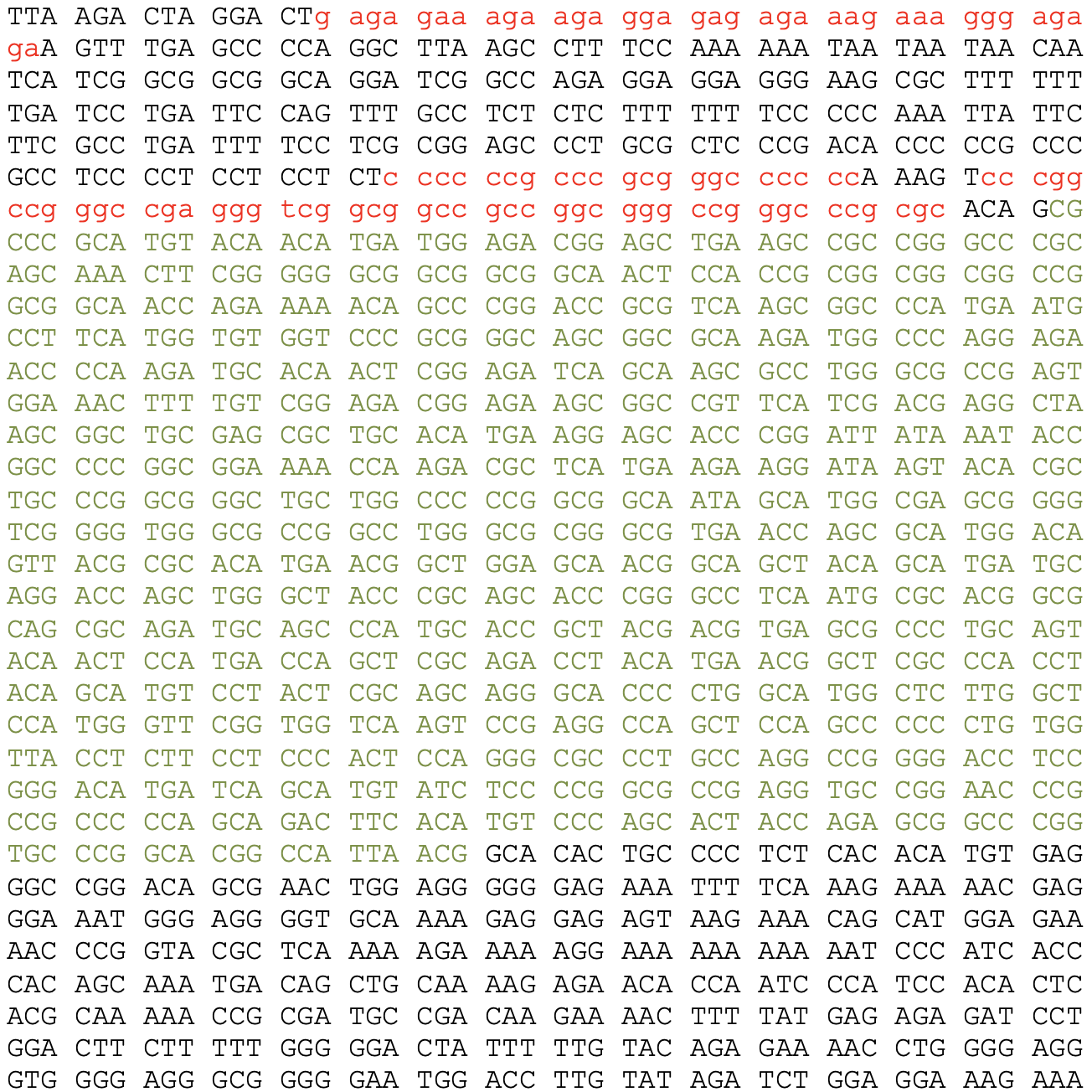Epigenetic Switches
Epigenetic Switches is a composition that transcribes a genomic sequence into a music score. For this process I chose to sequence the SOX2 gene that is associated with the development of the senses including the reception of sound in the brain. The Deoxynucleotides of adenine (A), cytosine (C), guanine (G) and thymine (T) were translated into the following notes: A, C, G, and F for T which is the twentieth note above A. The rhythm of the piece was developed by grouping the nucleotides into sets of three as they appear in the DNA and notated as triplets in four/four time and is scored for Bassoon, Cello and Marimba. The main theme of the DNA strand is sonically “wrapped” around Nucleotides which are represented by large tone clusters of his(tones). Methylation bonds occur in the second movement bonding Me (notated as E+G) to cytosine nucleotides that are immediately followed by a guanine- this makes the structure of the bonding points readily recognizable as polyrhythm are developed in the epigenetically active region of the sequence. The third movement is dedicated to histone tails in which strands of notated variations of the histone parts interact with the main theme. The fourth movement is features chromatin remodelling in the form of additional modifications to the histone clusters and their position in the score. Finally in the fifth movement non-coding RNAs are introduced. Mir-96 is introduced to the sequence at first this adds additional complexity to the musical sequence- however Mir-96 is noted for causing progressive hearing loss. As the RNA sequence is applied, other frequencies are removed until the piece ends in silence.

